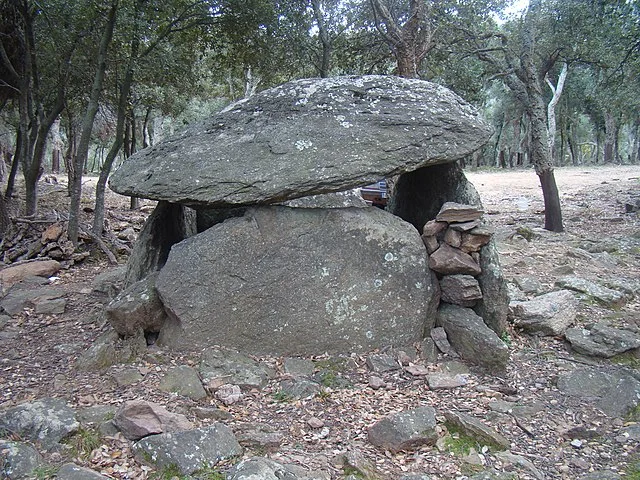The Siureda Dolmen is a prehistoric monument located in Catalonia, Spain. This megalithic structure is significant for understanding the burial practices and social organization of early human communities in the region.
Get your dose of History via Email
Location and Discovery
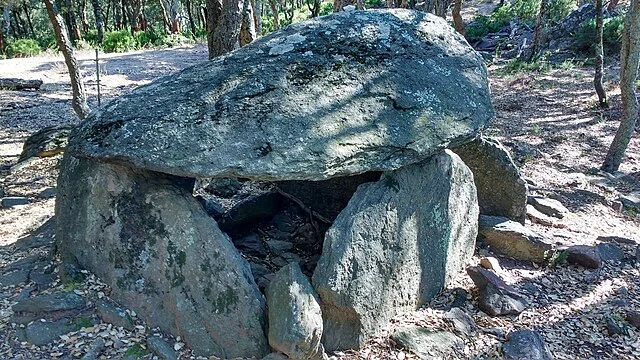
The Siureda Dolmen is situated near Rabós, in the Alt Empordà region of Catalonia. It lies within a natural landscape, surrounded by other archaeological sites. Researchers identified it as a burial structure during surveys of the area in the 20th century. Its exact discovery date remains unclear, but it has been studied extensively since its documentation.
Architectural Features
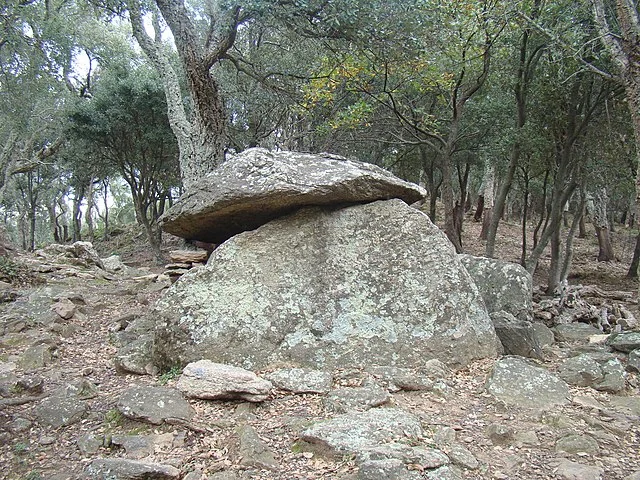
The dolmen consists of large vertical stones supporting a horizontal capstone. This type of structure is characteristic of the megalithic tombs built during the Neolithic and early Bronze Age. Researchers estimate its construction occurred between 3000 BC and 2000 BC. The chamber measures approximately two meters in length and is oriented to align with the cardinal directions, a common feature of dolmens in the region.
Purpose and Function
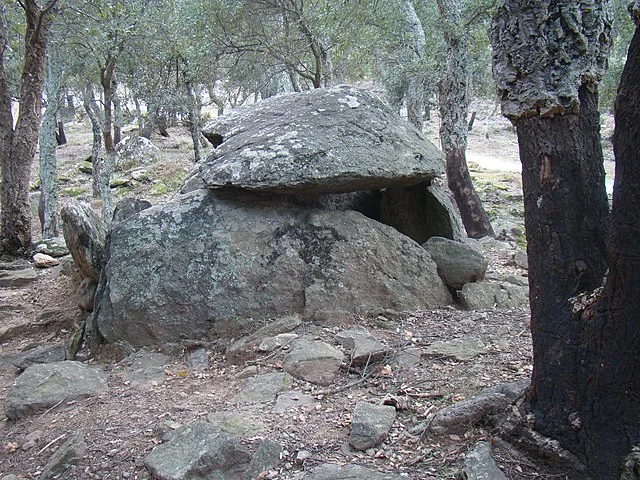
The Siureda Dolmen served as a collective burial site. Archaeological evidence suggests it held human remains, pottery fragments, and stone tools. These items were likely offerings or grave goods, reflecting the beliefs of the people who built the dolmen. Such tombs indicate the development of hierarchical societies, where shared burial practices strengthened community ties.
Cultural Context
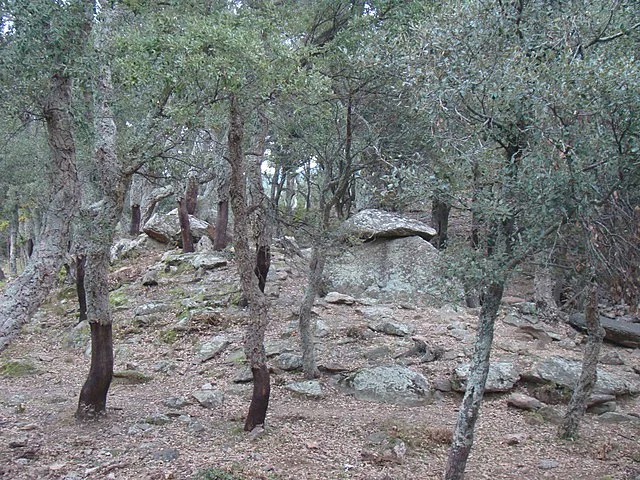
Dolmens like the Siureda were part of a broader megalithic tradition in Western Europe. These structures highlight the technical skills and social cooperation of early agricultural communities. In the Catalonia region, they are linked to the Chalcolithic period, marking a transition between the Neolithic and Bronze Age.
Conservation and Study
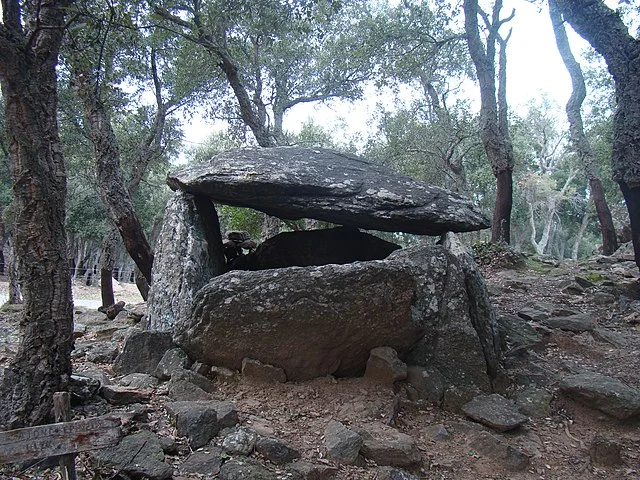
The Siureda Dolmen is a protected cultural heritage site. Archaeologists and local authorities have worked to preserve it from erosion and human impact. The dolmen attracts researchers and visitors interested in megalithic monuments. Ongoing studies continue to reveal insights into the region’s prehistoric communities.
Conclusion
The Siureda Dolmen remains an essential part of Catalonia’s archaeological heritage. Its construction demonstrates the technical skill and social organization of early societies. Through careful preservation, it continues to provide valuable insights into the lives and beliefs of prehistoric communities.
Source:

